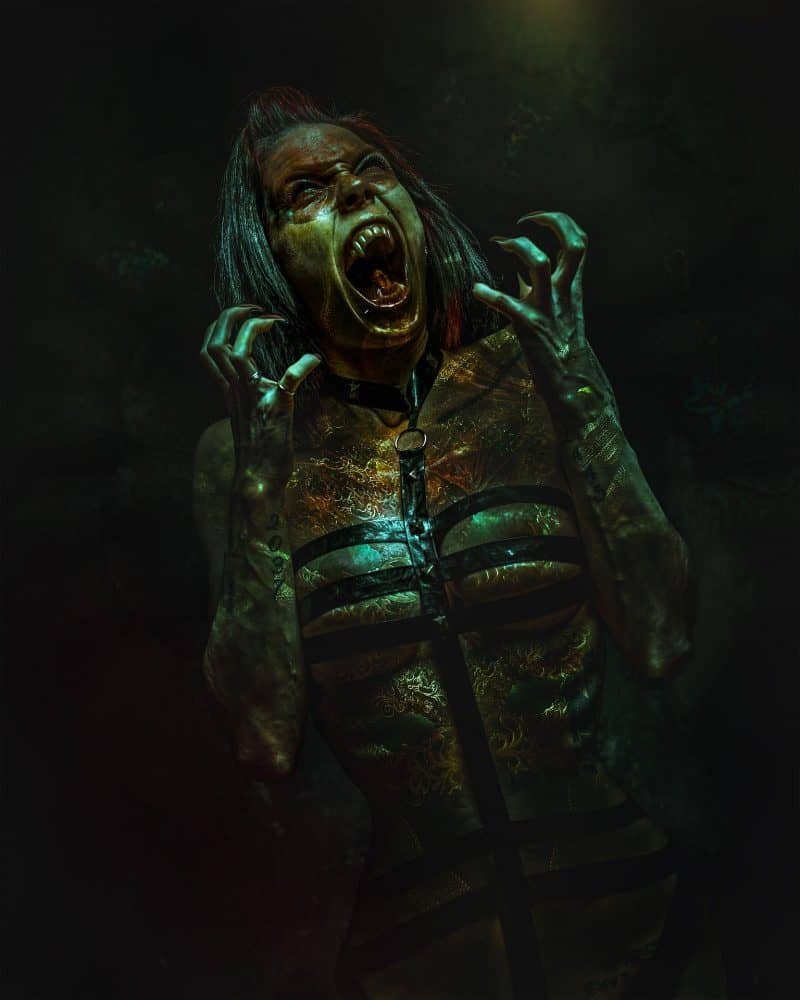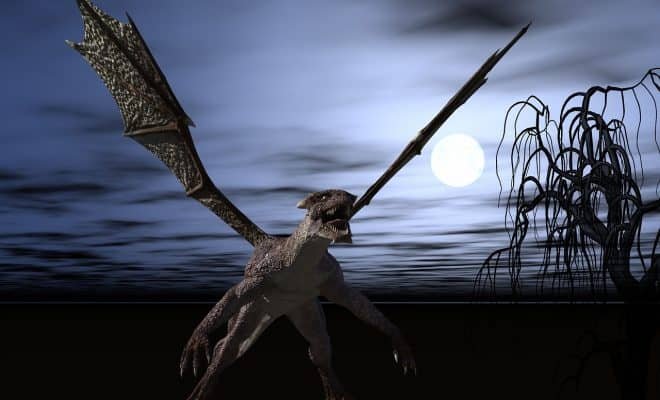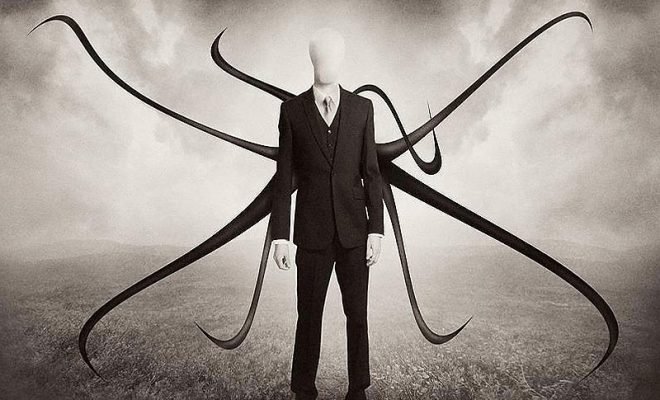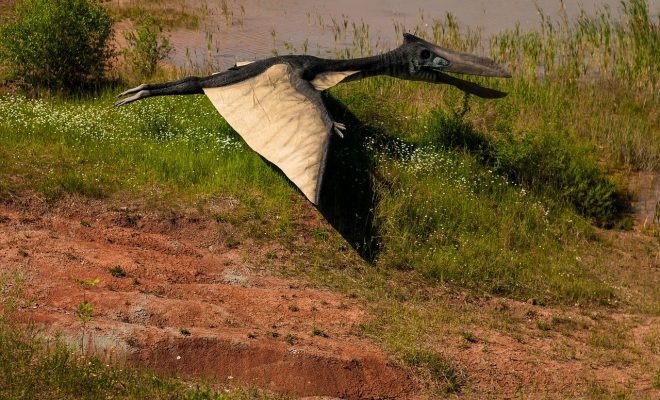Alaska’s Qalupalik

Anyone who loves Greek stories remembers the classic ‘Odyssey.’ Well, I do, anyway. I remember the part where Ulysses has his men plug their ears. Plugging their ears kept them from hearing the sirens – sirens that used their beautiful voices to cause ships to crash on nearby rocks.
Sirens and Mermaids are so similar in description that two creatures often get mixed up. In comparison, Sirens sing beautiful songs to enrapture luckless sailors. Mermaids sit on rocks looking lovely, their legendary beauty luring wayward ships to their doom. Enthralled by the Mermaid’s illusion of beauty, the sailors overlook the danger, rugged rocks hiding in the watery depths of the ocean.
Sirens only exist in Greek myths. Well, Alaska has a version of the Siren too. The Inuits call her ‘Qalupalik,’ and unlike the gorgeous Mermaids, she is a hag. Inuits description of a Qualupalik is that of an aquatic humanoid with scaly, bumpy skin. They also have fins coming out of their heads, backs, and torsos. Their hands, clawed and webbed, are made for hunting children. Inuit parents loved scaring their children with tales of the Qalupalik and to beware of the smell of sulfur – a sure sign that Qualupalik was stalking them.
The Qalupalik is the Alaskan version of ‘the Boogeyman.’ Instead of singing to their prey, they hummed instead. They lurk near the water’s edge carrying an Amautik on their back. Hunting at night, they are on the lookout for naughty children to whisk away.
The Inuit live in the Arctic region of Alaska where the ocean provides their means of survival. The Inuit use the Qalupalik to keep their children safe. Curious by nature, children tend to meander away from their homes.
Knowing how children are, Qalupalik likes to hunt near the water’s edge and hum. She lures misbehaving children away from the safety of their homes and village by her humming. This technique is similar to singing used by the Sirens of Greek mythology.
Inuit women wear the Amautik to secure their babies on to their backs. The myth has the Qalupalik using it to tie kidnapped children to the Amautik. Then she spirits them away; where and why differs. One theory is that the Qalupalik eats them, but other legends vary about what happens to the children.
It’s thought the Qalupalik takes the children to an ocean cave. In these caves, she places them under a sleeping spell. Other sources suggest that the Qalupalik needs the children’s energy to stay alive. So, as long as there are children, the Qalupalik will live forever.
Some have suggested that the Qalupalik kidnap children to raise as their own. None of the myths mention if there is a race of Qalupalik or if there is only one.
There could be two scenarios. The first being that the Qalupalik requires children’s energy to survive. The siphoned energy may not last very long. Kidnapping children would provide a continued power source. Ensuring the Qalupalik would always stay youthful.
We can suppose that there is more than one Qalupalik. Like Sirens and Mermaids, there could be a pod of them. The most interesting question is if Qalupalik kept children? How long did she keep them? Assuming she didn’t kill them immediately.
Inuit parents warn their children to listen for the humming. Qalupalik used their humming to lure the children away from their families. Parents warn them to stay close to home, or the Qalupalik would get them if they didn’t. Emphasizing, they would remain safe as long as they listened to their parents. The parents warn them about wandering too far from home or getting close to the water’s edge.
If the Qalupalik can’t lure the child away from their parents, they used other methods. They would knock under the ice as a way of enticing unsuspecting children to an ice hole. Once the curious child saunters near the weak spot, the Qalupalik grabs them, disappearing into the ice, never seen again by their family.
What is fascinating about myths and legends is the grain of truth in them. Many tales are born from real events, but in the retelling, the story transforms. With each retelling, the story changes until it takes on a life of its own.
Like the retelling of a car accident. Each witness, remembering something different about the same accident.
The Inuit lived in a harsh and unforgiving environment. It is dangerous for children to venture far from the safety of their homes. Crashing, through deceptive solid looking ice, would take only seconds. The child would freeze in the water in minutes.
Like the old Bardic Legends of the Celts, oral stories told for entertainment served a dual purpose. These stories can relate to real-life situations; scary stories of Qalupalik could be a parent’s way of keeping their children safe.
That brings up another interesting question then. Is the Qalupalik a real myth or a way to keep their children safe. The Inuit live near the Arctic waters, so creating a water demon isn’t farfetched.
Myths orally recounted in the past and translated into a written language are relatively recent. However, tales like these have origins. They begin somewhere and somehow. That means someone had to have seen something like a Qalupalik. Or close enough to come up with the description in the stories.
That’s a scary thought, that someone has seen this creepy cryptid and that those children were taken by something like a Qalupalik.
Living in the Arctic region is filled with danger. Protective parents aware of those dangers would use a story once told for entertainment as a warning instead. Saying to beware of the Qalupalik was a way to keep their children safe.
Whatever the Qalupalik’s origins, it is a creepy myth. I would be careful of getting to close to the water’s edge even as an adult.










